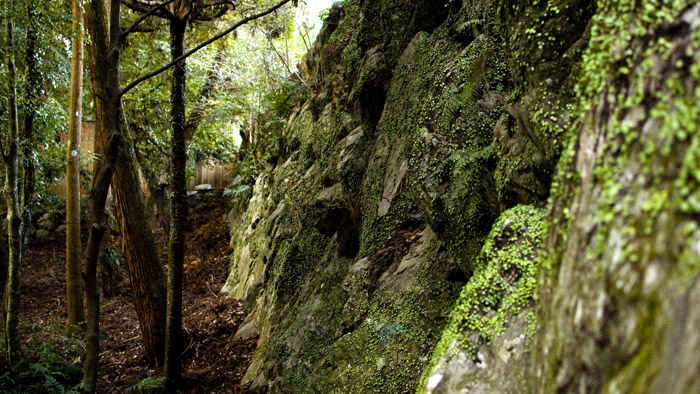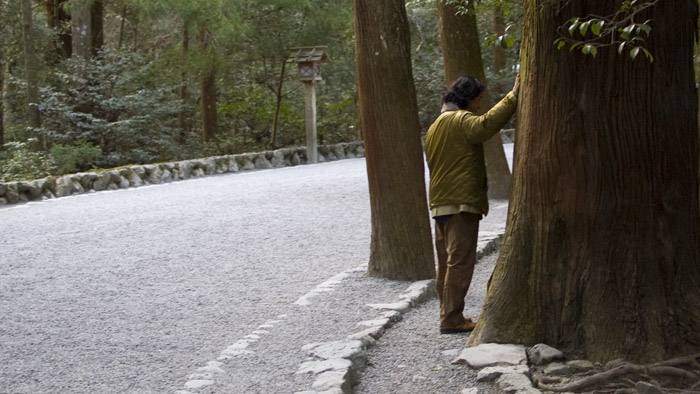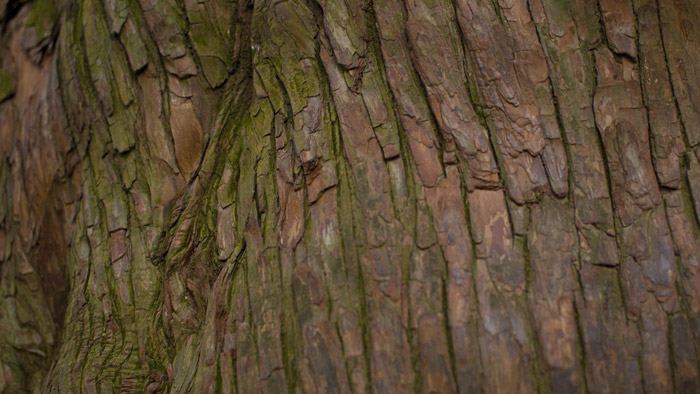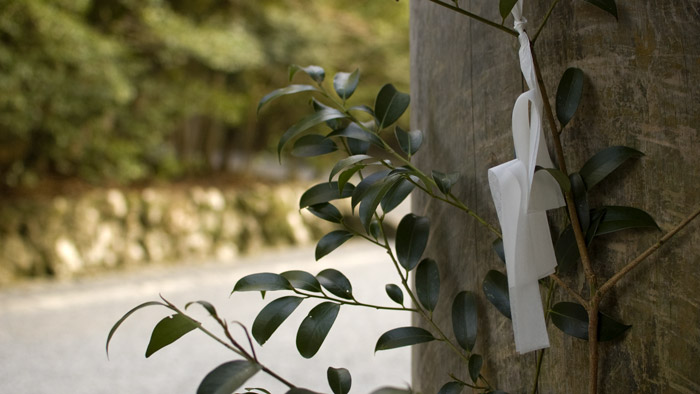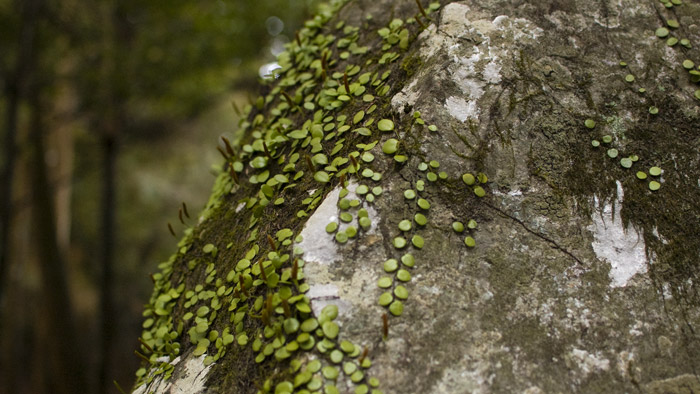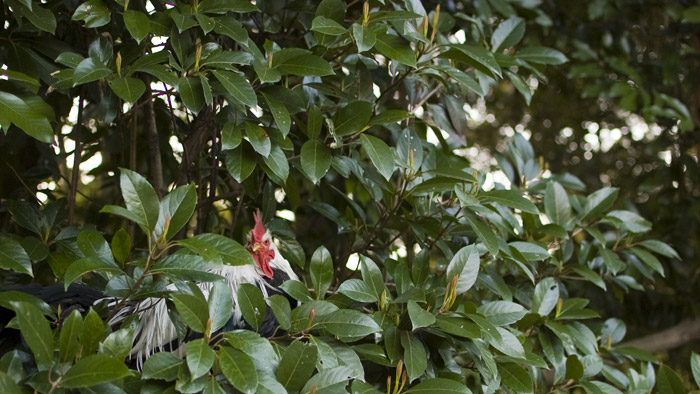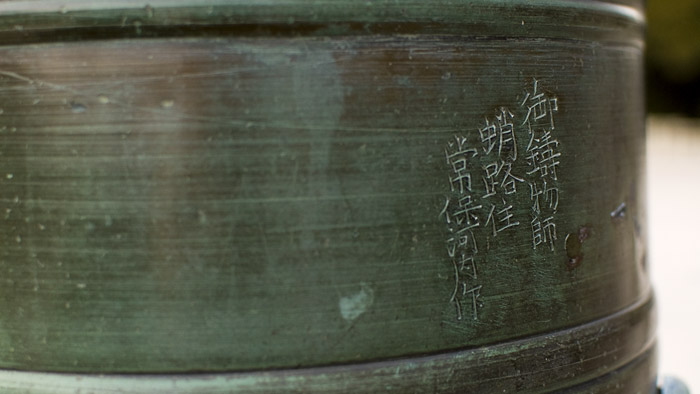
2012.03.21: Shinju (Pearl)
Today Nao-san and I drove to the Shima Peninsula (志摩半島), about two-and-a-half hours drive from Okazaki. When I told Taeko-san I was thinking about proposing to Abby in Japan, and that Abby wanted a pearl ring, Taeko-san said that I had to go to the Mikimoto Pearl Island and find something there. (Since I'm doing this as a surprise, this update will not be posted until later.) Sadly, I did not find a ring there, as everything was either much too cheap ($20 mass produced non-local pearl) or much too expensive ($1500 platinum ring with half-inch pearl and diamonds) and surprisingly little in between. I did get a very nice, very small pearl to use for the ring, so the trip was not in vain.
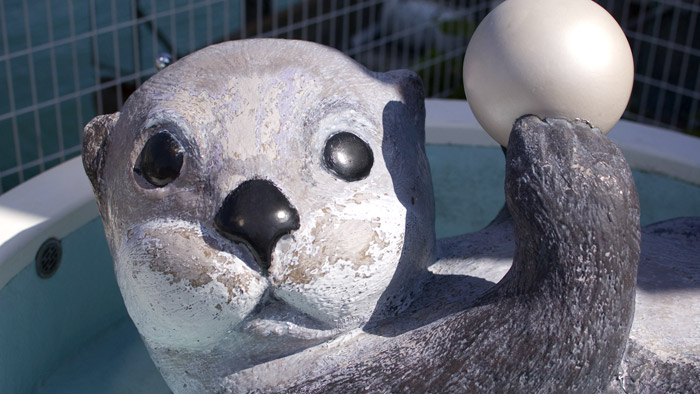
The city of Toba (鳥羽市) is home to the Mikimoto Pearl Island, where Mikimoto Kōkichi created the first cultured pearl. Nearby is one of the best aquariums in Japan, and this statue, a combination of the city's two largest tourist attractions, was located on the sidewalk between the two.
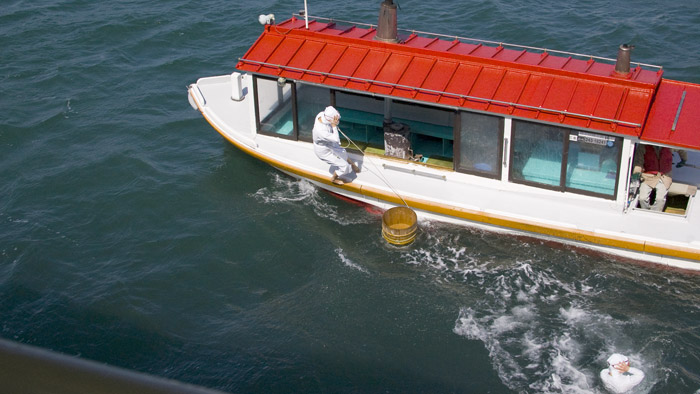
The pearl museum puts on several ama diver (海女) demonstrations each day. The ama are female divers best known for harvesting pearls and harboring British secret agents.
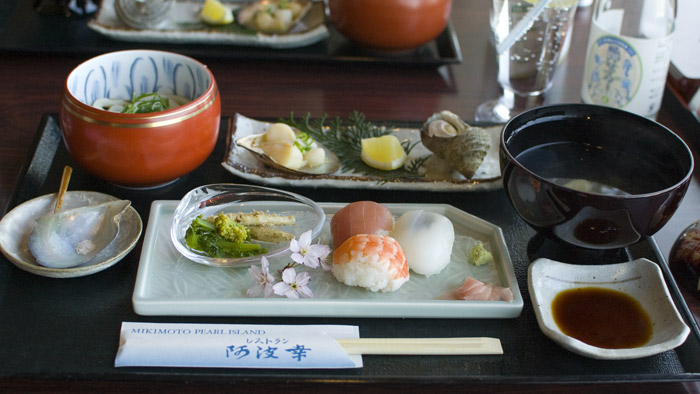
We also ate at the museum for lunch. We both ordered the Pearl Set Lunch, which featured sushi and various shellfish, a clear-broth soup, and udon noodles. The meals also came with ground pearl (seen on the left), which provided us a great source of calcium—along with the ability to boast that we ate pearls. The two photos below are a close up of the sushi plate and Nao-san sprinkling the ground pearl on his food.
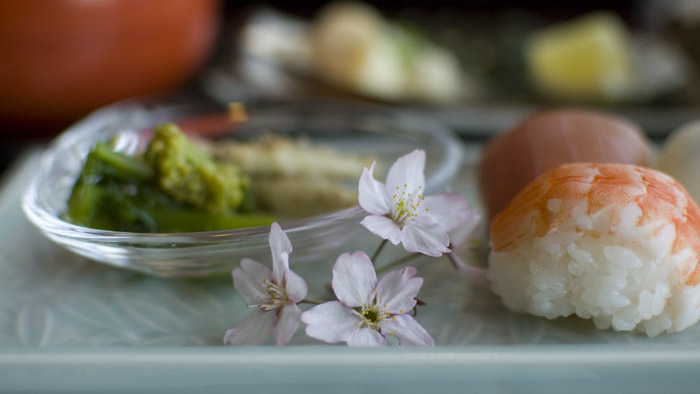

After our partial success, Nao-san and I drove to Ise Grand Shrine, which I think could be said to be the "head shrine" in the Shinto faith. Each shrine is said to belong to a god or gods; Ise belongs to one of the most important and probably the most well known Shinto deity, Amaterasu, the goddess of the sun. In Shinto practice, local shrines claim the people living nearby as its members; Ise Grand Shrine claims all of Japan as its purview. Accordingly, when entering a business in Ise, the shopkeepers don't say irashaimase (いらっしゃいませ), or "welcome," but rather okaerinasai (お帰りなさい), or "welcome home."
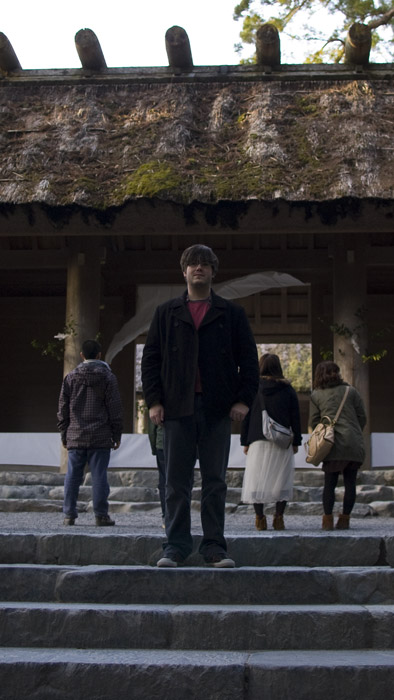
This is the site of the main shrine. The building may look old, but it was constructed in 1993. Every twenty years, a new shrine is built adjacent to the current one, in the same design and the same methods as has been done sixty-one times now, and the current shrine is torn down. The building is therefore both ancient and new, and entirely off-limits to commoners. This is the second outer gate, and Nao-san thought that on special occasions like the new-year and the opening of the new shrine, the public might be allowed up to the main outer gate.
The following pictures are all from the Ise Grand Shrine complex.
